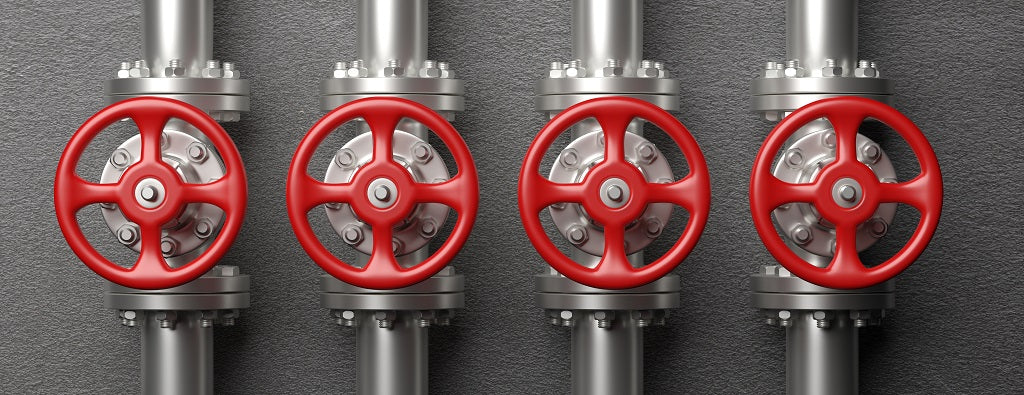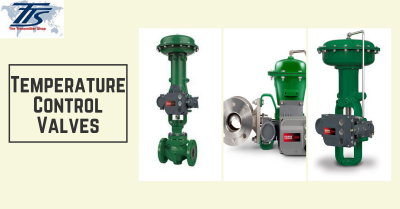The Duty of Control Valves in Fluid Flow Administration Solution
The Duty of Control Valves in Fluid Flow Administration Solution
Blog Article

Maximize Power Financial Savings and Comfort With Advanced Building Automation Controls
In the world of modern architecture and facility management, the integration of innovative building automation controls stands as a crucial advancement. By taking advantage of the power of automation, structures can adjust, react, and evolve in methods that were as soon as unimaginable.
Power Effectiveness Benefits
Power performance benefits can substantially lower energy intake and operational expenses in structures. Energy-efficient systems, such as sophisticated building automation controls, can enhance the use of resources like home heating, air conditioning, and illumination, leading to lower energy expenses over time.
Moreover, boosted power effectiveness can extend the life expectancy of structure devices and systems. By operating much more efficiently, heating and cooling systems, lighting fixture, and various other building parts experience less damage, leading to decreased upkeep and substitute prices. In addition, energy-efficient buildings often regulate higher building values and rental prices, providing long-term monetary advantages to owners.
Moreover, energy effectiveness can enhance owner comfort and efficiency. Effectively managed indoor atmospheres with optimum lighting and thermal problems produce an even more enjoyable and helpful work area, bring about improved worker fulfillment and efficiency. Overall, the energy effectiveness advantages connected with sophisticated structure automation controls are complex, incorporating expense savings, ecological stewardship, and owner health.
Enhanced Comfort Control
Enhancing convenience control in structure atmospheres requires an advanced combination of sophisticated automation systems for optimum owner well-being. By utilizing sophisticated building automation controls, facilities can tailor the indoor environment to meet the details needs and preferences of occupants. These systems enable precise policy of illumination, temperature level, and ventilation, producing a efficient and comfortable ambience. Owner fulfillment and efficiency are closely connected to thermal convenience, making it vital to have systems in position that can adapt to altering conditions in real-time.
By integrating these sophisticated controls, structures can not just improve convenience yet likewise enhance power performance by optimizing system operations based on real tenancy and usage patterns. Eventually, focusing on owner comfort through sophisticated automation systems leads to a much more delightful and much healthier interior environment.
Operational Effectiveness Improvements

Moreover, the execution of real-time surveillance and analytics devices allows building drivers to determine energy ineffectiveness and operational abnormalities quickly. By continually monitoring power usage patterns and system efficiency metrics, adjustments can be made in real-time to optimize power usage and make certain peak functional efficiency. control valves. Furthermore, including demand response methods into structure automation controls can even more boost operational performance by dynamically changing power use based on grid problems and pricing signals
Indoor Environment Optimization
Efficient indoor environment optimization is a fundamental aspect of structure automation controls, guaranteeing occupants' convenience and well-being while taking full advantage of energy cost savings. By utilizing innovative sensors and controls, developing automation systems can continually adjust and keep track of temperature level, moisture degrees, air quality, and ventilation to develop an optimum indoor environment. Maintaining comfy and regular problems not only improves passenger complete satisfaction however likewise boosts productivity and general wellness.
Indoor climate optimization additionally plays an important function in energy effectiveness. By fine-tuning air conditioning, home heating, and air flow systems based upon real-time data and occupancy patterns, building automation controls can considerably decrease energy consumption - control valves. For instance, carrying out approaches such as demand-controlled air flow and thermal zoning can assist reduce energy waste while ensuring that each location of the structure gets the required conditioning.

Sustainable Environment Production
Structure automation regulates not only optimize indoor environment conditions for power effectiveness and resident convenience however also lay the foundation for developing a lasting environment via tactical management of sources and systems. By incorporating sophisticated structure automation innovations, such as sensors, actuators, and smart software application, facilities can change and monitor energy use in real-time to reduce waste and decrease their carbon footprint. why not find out more These systems allow anticipating upkeep, recognizing potential concerns prior to they escalate and enhancing equipment efficiency to boost longevity and effectiveness.
Moreover, sustainable setting creation prolongs past power management to incorporate water conservation, waste reduction, and indoor air top quality improvement. Building automation controls can manage water use, discover leakages, and ensure appropriate garbage disposal methods, adding to total sustainability initiatives. Additionally, by managing and keeping an eye on air flow and purification systems, these technologies improve passenger health and wellness and efficiency while reducing power intake associated with heating and cooling operations.
Conclusion
To conclude, advanced building automation controls offer significant advantages in regards to power financial savings, convenience control, functional effectiveness, indoor climate optimization, and creating a sustainable setting. By implementing these controls, structures can attain optimal performance while reducing power usage and enhancing passenger convenience. It is obvious that using sophisticated automation modern technology is crucial in boosting structure performance and creating a much more sustainable future.
Power effectiveness advantages can dramatically lower power consumption and functional expenses in structures. On the whole, the energy efficiency advantages connected with innovative structure automation controls are multifaceted, encompassing cost savings, environmental stewardship, and occupant well-being.
In addition, incorporating need response approaches into structure automation controls can additionally boost functional efficiency by dynamically readjusting power use based on grid problems and rates signals.
Building automation regulates not just enhance interior environment conditions for energy effectiveness and owner convenience but also lay the structure for producing a sustainable atmosphere through calculated administration of i was reading this systems and resources.In final thought, advanced structure automation regulates deal substantial benefits in terms of energy financial savings, convenience control, operational efficiency, interior climate optimization, and creating a lasting atmosphere.
Report this page